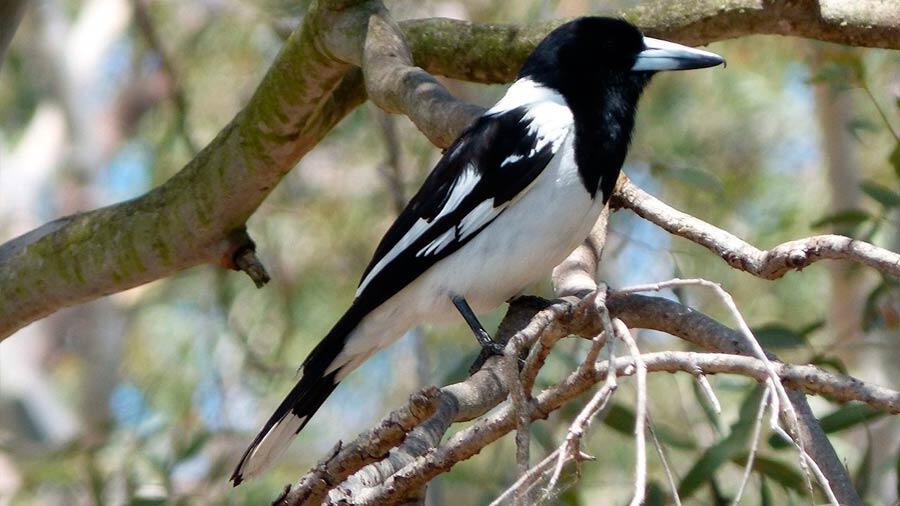The melodic behavior of some songbirds is similar to human musicians. That is the conclusion presented in an article published by an international team of researchers, including David Rothenberg, a professor of philosophy and music at the Department of Humanities Institute of Technology New Jersey (NIJT, EU), as reported in a statement .
They have also attended the City University of New York (CUNY), the Free University of Berlin (Germany) and Macquarie University (Australia).
The article was published in Royal Society Open Science , the Royal Society of London for the Improvement of knowledge about nature.
The gorginegro executioner of various colors, a very musical kind, provided a lot of interesting to analyze Eathan Janney, PhD student at the Department of Psychology at Hunter College CUNY data.
Janney bases its analysis on years of data collected and also analyzed by the violinist and biomusicóloga Hollis Taylor, Macquarie University, who had previously published very detailed analysis of this bird songs.
“Because this bird songs share many similarities with human music,” says Taylor, “this species could possibly revolutionize our thinking about the core values of music.”
In the past, claims that the musical principles are an integral part of the birds have been largely skeptical and considered an illusion. However, extensive statistical analysis and objective of the new work shows that the more complex the repertoire of a bird, along better this rhythm, and better interact with other birds than those who know less songs.
The video accompanying this article includes a sample of one of the executioner, and another song of this species and songbird magpie.
The co-author Ofer Tchernichovski, professor in the Department of Psychology at Hunter College, notes that the executioners “balanced performance to keep it at an optimum point between boredom and confusion.”
Constance Scharff, co-author who heads the laboratory of animal behavior at the Free University of Berlin, says gorginegros executioners, “not unlike the way jazz musicians play their songs, balancing repetition and variation.”
This finding suggests that such musical virtuosity can mean more than the evolution of a way to establish territorial control and facilitate mating. It may also be proof that the musical ability of birds is a precursor to the evolution of the multiple dimensions of musical ability in humans.
Multidisciplinar
The article is the product of a multidisciplinary research relaizada biologists, neurologists, musicians and engineers, including the co-author C. Lucas Parra, member of the Department of Biomedical Engineering, CUNY.
Rothenberg says: “Science and music may have different criteria for what is the truth, but sometimes you need to put them together to make sense of the beautiful performances that we find in nature.”
The researcher, who plays the clarinet and saxophone, has also studied whales and cicadas, and their relationship with music.











